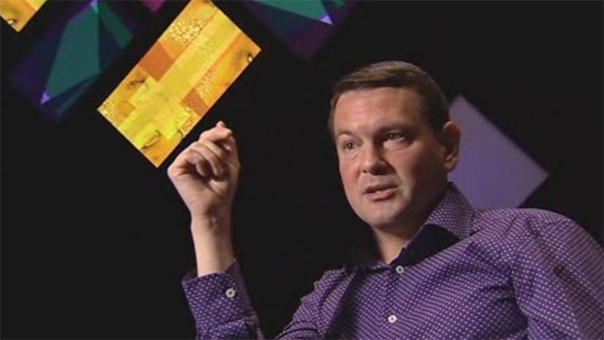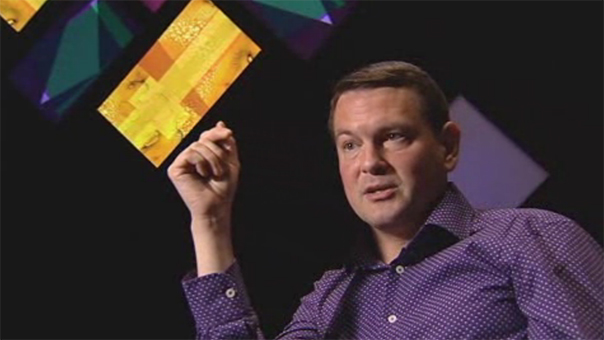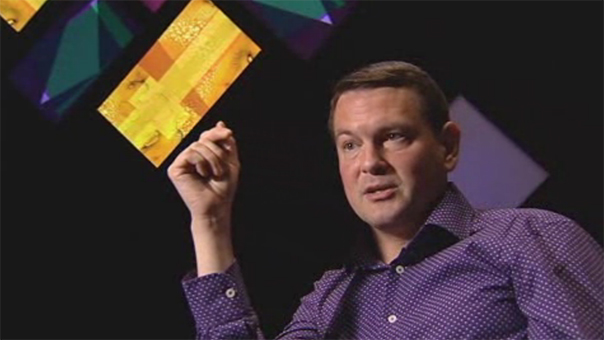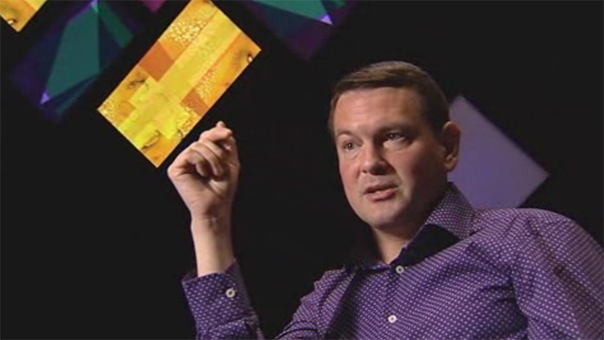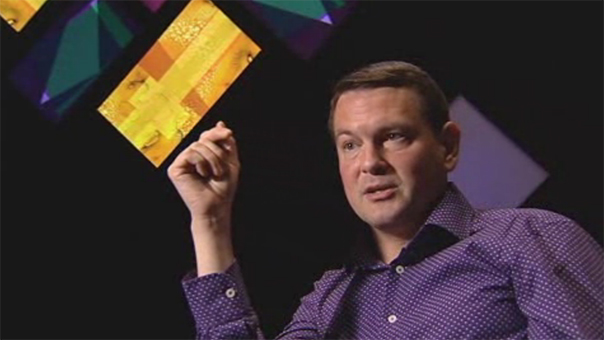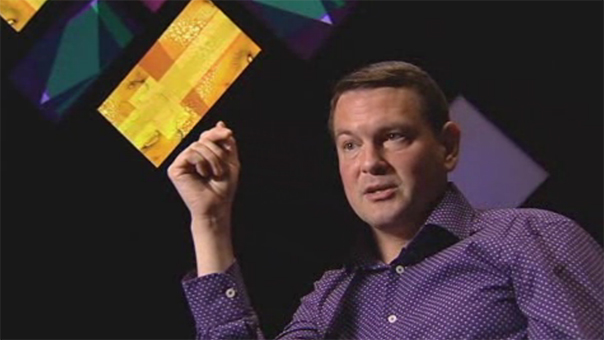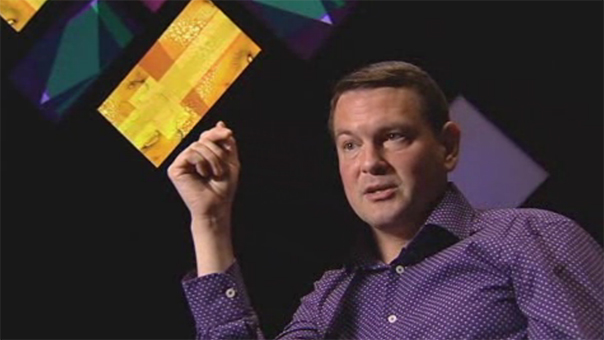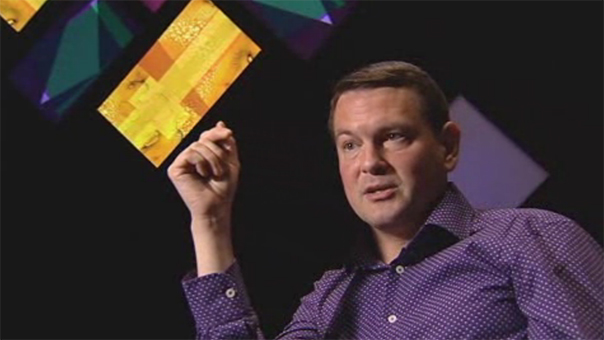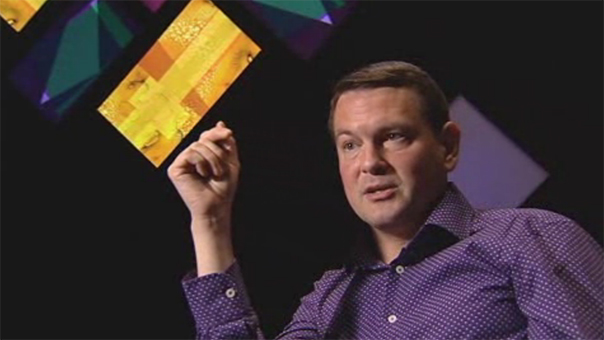77 Million Paintings: layers of sound
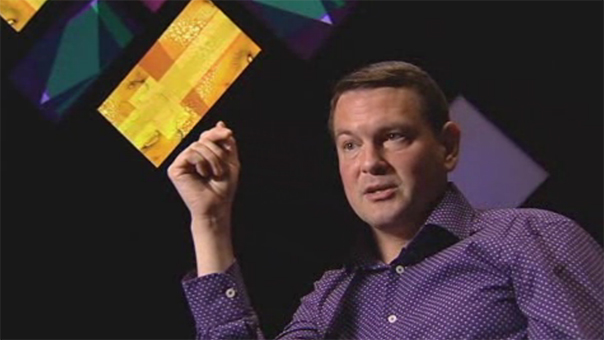
Viewing guide
-
Brainstorm about the concept of “layers”. Can you think of anything which is composed of different layers, which interact with each other?
-
What are the layers of sound that are typically combined to produce a piece of music?
-
Revisit the 77 Million Paintings: detail video. Referring the layers of sound, describe the ambient aspect of the soundscape.
-
Robertson refers to the spatial aspect of the sound. What do you think ‘spatial’ means in this context?
-
What are some of the methods mentioned for producing the sounds of this soundscape? What other methods might be used?
-
What challenge does Robertson talk about in relation to selecting content for layers of images and sound?
-
Think about a genre of music you’re familiar with. How does it differ from generative music?
-
Brian Eno was a pioneer of ambient music. How would you define the term, ‘ambient music’? Research the term. How would you change your original definition in light of your research?
-
Why do you think Eno applied the random and unpredictable mode of playback to both the images and the sound in the installation?
Interviewer: Could you talk a bit more about the layers of sound? Do the layers of sound have a role?
Nick Robertson: The ambient aspect of it is the spatial aspect of it actually, of the fact that we’re thinking of music sculpturally. So each layer is distributed around a space—ie this room—and so when you’re standing at any one part of the room it sounds different. Also there’s one layer which pans across the room so it’s creating, it’s like sitting in a jungle and you hear all these things around you. So, that would be the ambient aspect of it. The generative aspect is the way in which the layers interact, which is in a completely random and unpredictable way. All of the CD players are set to random. So there’s no way of determining which layer is going to go over which layer. So, it’s constantly generating a piece that we have got very little control over. The layers themselves are all produced independently of each other through a number of different methods. Some of them are quite traditional, using instruments. Some of them are produced just creating sounds. There’s one sound which is on one of the CDs where I know Brian produced it by getting a bit of plastic, getting a microphone and just waggling the plastic like that, and it was the action of the air. So there are abstract sounds like that. There’s also digitally created sounds in some of the layers. So one layer, when we were setting up this show, Brian just sat over there with his laptop and created one of the layers that you’re listening [to] just using software. So, like the images, the sound becomes quite textural because it comes from all different sources. Obviously it takes a long time to decide which layers are working with which layers. So occasionally we put a layer in there and it obviously was sounding awful so that would come out. And it’s the same with the images. It took us about a year and a half to get comfortable with the choice of layers and that’s exactly true of the music as well.
